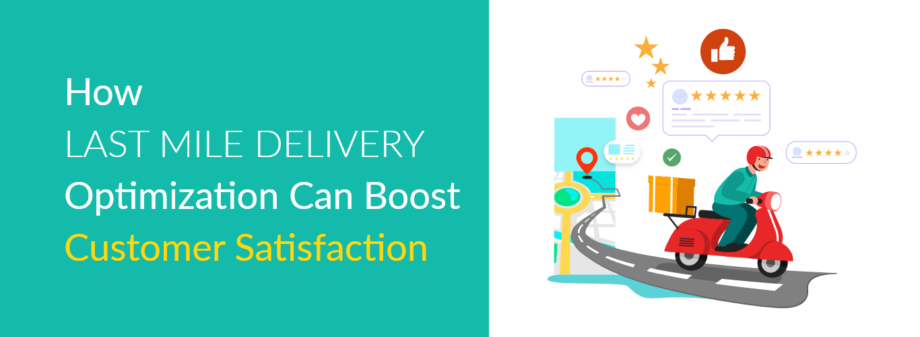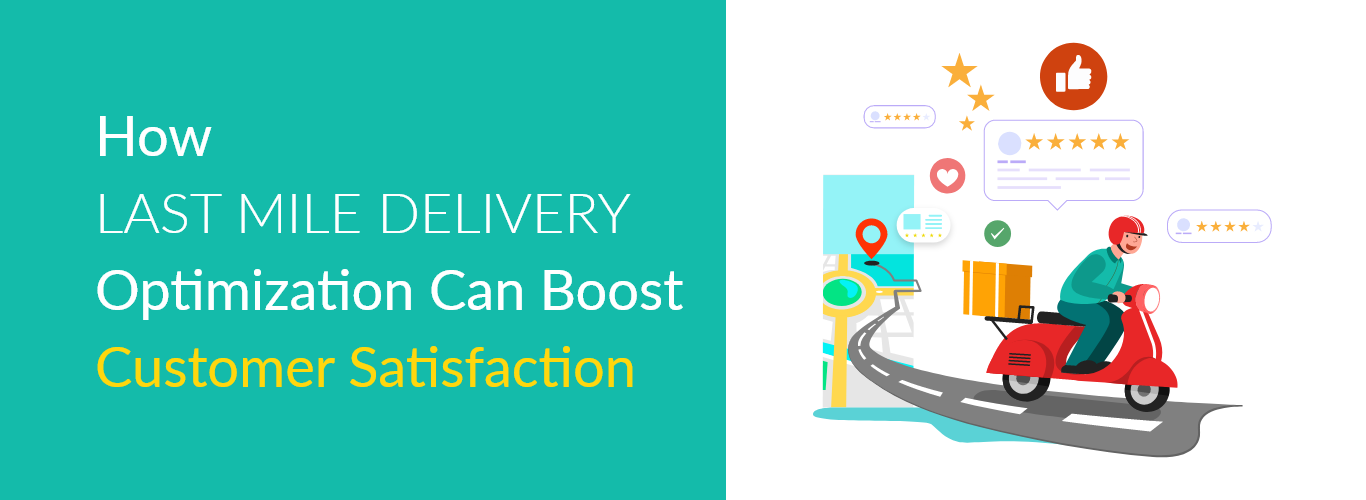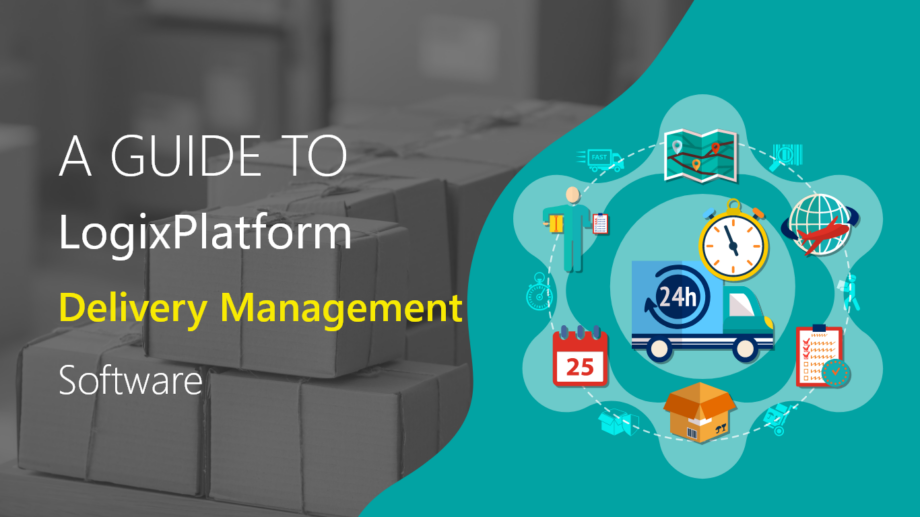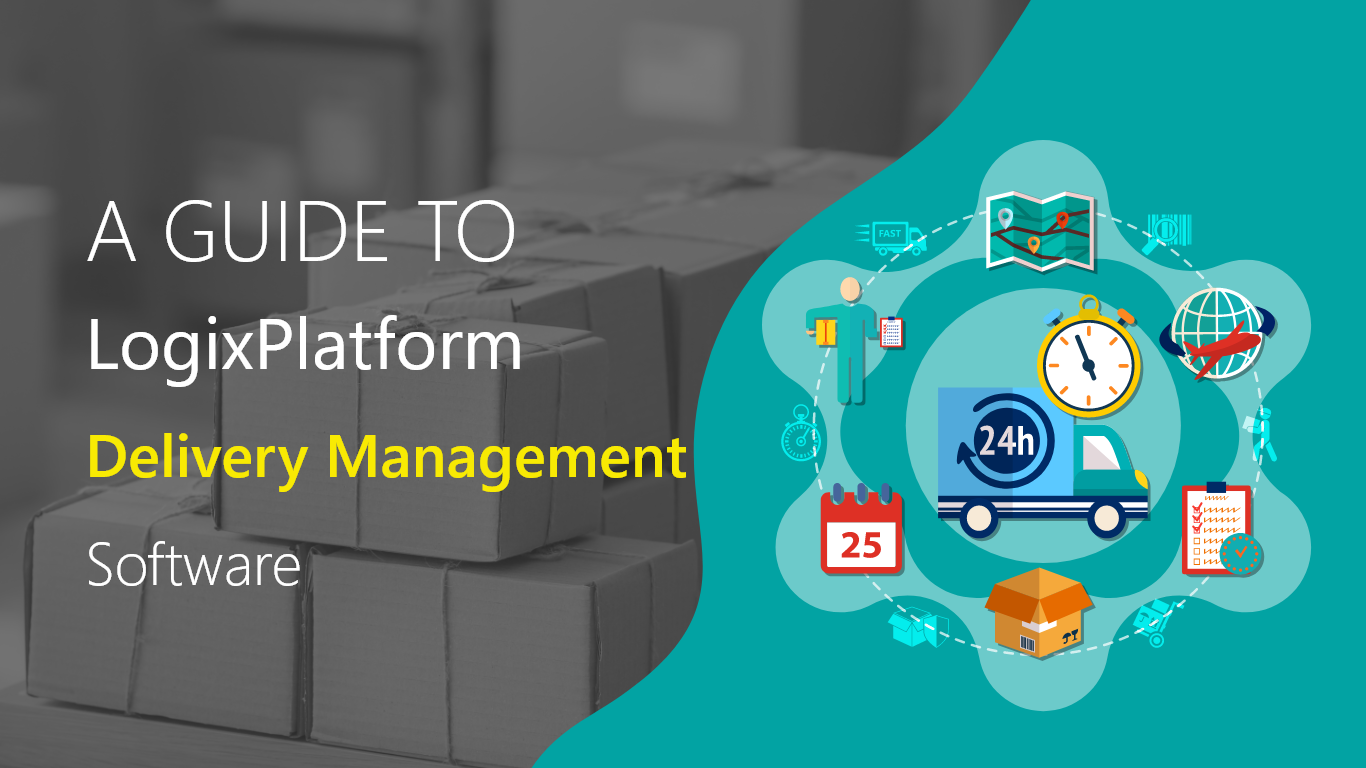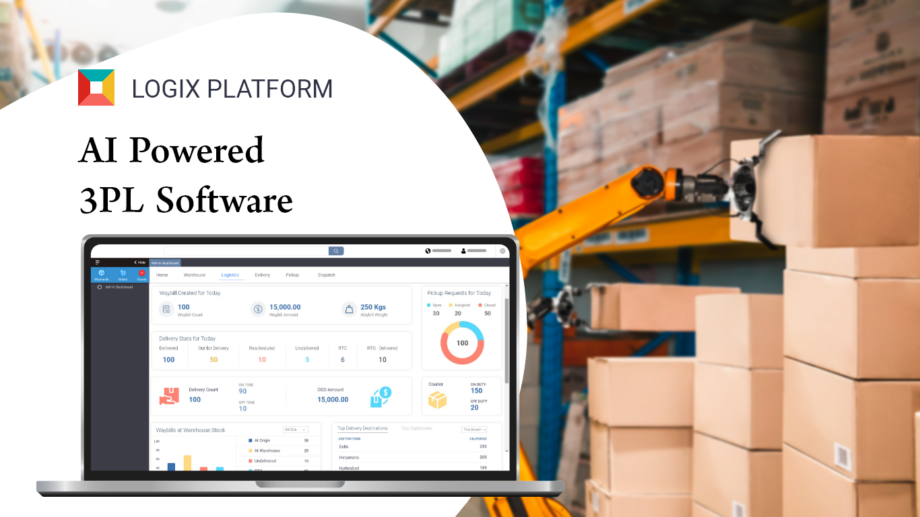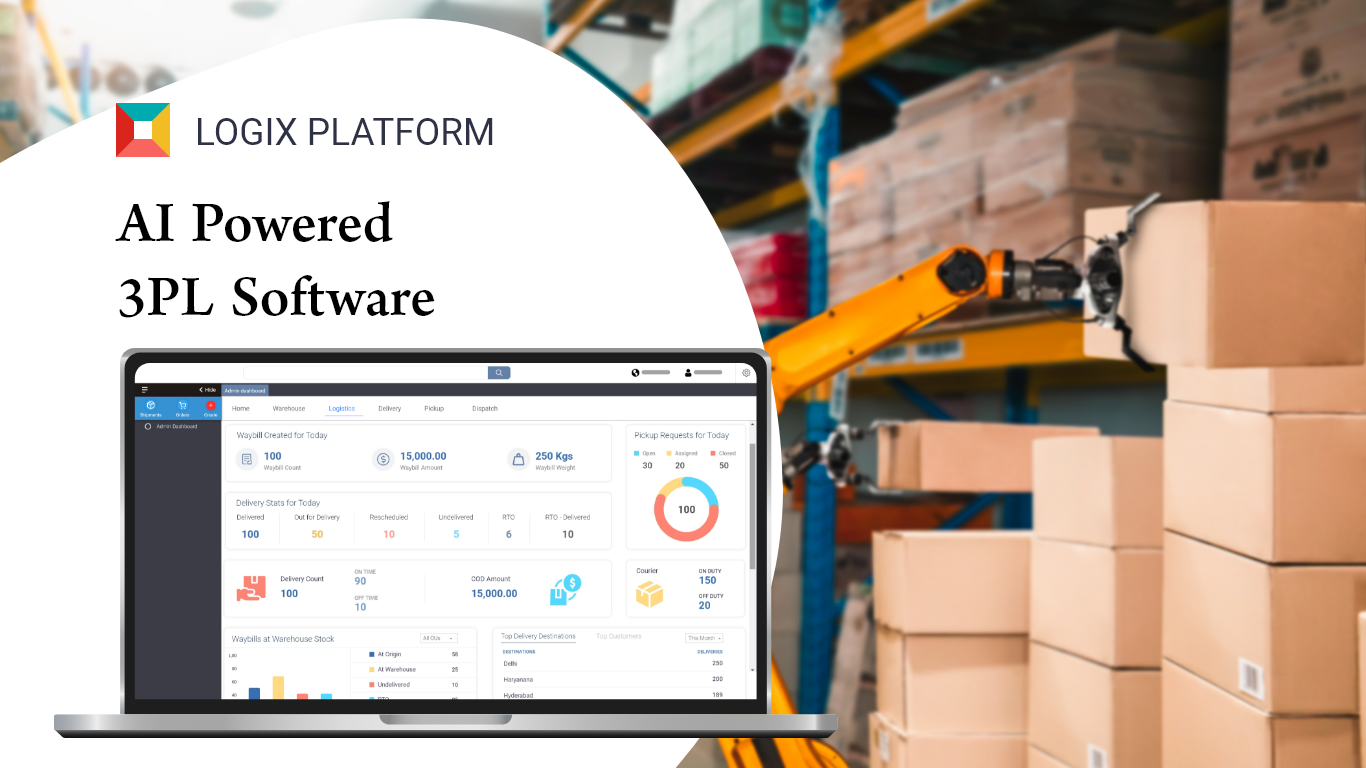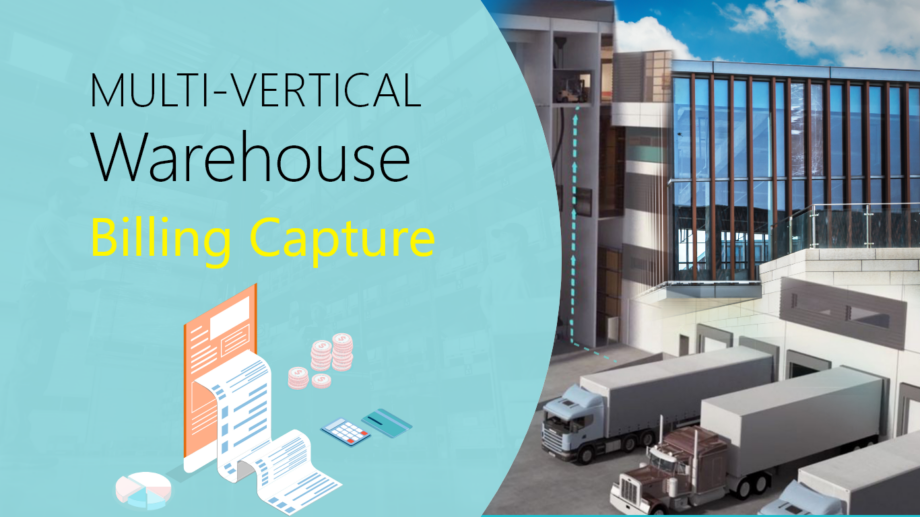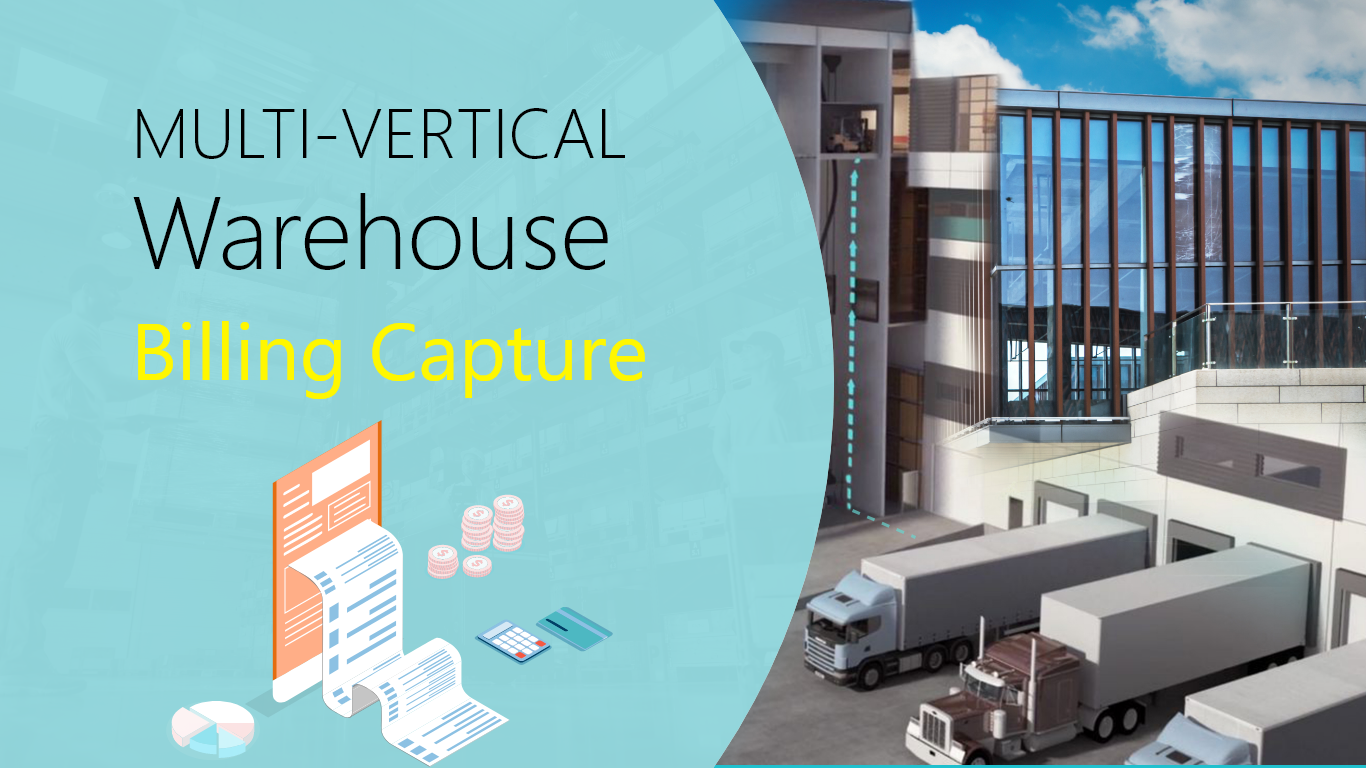There was already a fast-moving trajectory toward more shoppers moving online, but the 2020 pandemic pushed things even faster. Online shopping and e-commerce seem more important with every passing day. That means last-mile delivery is becoming even more significant in customer satisfaction. And last-mile delivery customers are getting more demanding than ever before.
Last-mile delivery optimization plays a crucial role in boosting customer satisfaction in the context of e-commerce and logistics industries. The “last mile” refers to the final step of the delivery process, where the product is transported from a distribution center or local hub to the customer’s doorstep.
How Last mile delivery boosts customer satisfaction?
Last-mile delivery refers to the final leg of the delivery process, where goods are transported from a distribution center to the customer’s doorstep. It plays a crucial role in determining customer satisfaction, and here are some ways in which last-mile delivery boosts customer satisfaction:
Speed and Efficiency:
Customers expect timely delivery of their orders. A well-executed last-mile delivery ensures that packages reach customers quickly and efficiently, meeting or even exceeding their delivery time expectations. Faster delivery times lead to happier customers who feel their needs are prioritised.
Convenience:
Last-mile delivery services aim to provide convenience to customers by allowing them to choose delivery slots that suit their schedules. Options such as same-day or one-hour delivery add value and convenience, enhancing the overall shopping experience and customer satisfaction.
Ways to strengthen Last-mile delivery process for better customer experience:
EImproving the last-mile delivery process is crucial for enhancing customer experience, as it is the final and most direct interaction between a customer and the company. Here are several ways to strengthen the last-mile delivery process for a better customer experience:
1. Real-Time Tracking:
Provide customers with real-time tracking updates so they can monitor their packages’ location and estimated delivery time. This transparency builds trust and reduces customer anxiety about their order status.
2. Delivery Alerts and Notifications:
Send proactive alerts and notifications to customers via email, SMS, or mobile apps, informing them of their package’s imminent delivery. This helps customers prepare for receipt and ensures someone is available to receive the package.
3. Flexible Delivery Options:
Offer various delivery options to cater to different customer preferences, such as same-day delivery, next-day delivery, evening delivery, or weekend delivery. Additionally, consider offering options like safe drop, delivery to a nearby parcel locker, or specific delivery time slots.
4. Personalized Delivery Preferences:
Allow customers to set their delivery preferences, such as preferred delivery times, locations, or delivery instructions, to tailor the experience to their needs.
5. Efficient Route Optimization:
Utilise route optimization software to ensure efficient and cost-effective delivery routes for your drivers, reducing delivery delays and making better use of resources.
6. Collaboration with Local Partners:
Partner with local delivery companies or independent drivers to reach remote areas or areas where your logistics network might not be as efficient, ensuring broader coverage and faster deliveries.
7. Technology Integration:
Integrate your e-commerce platform or website with your delivery partner’s systems to streamline order fulfilment and tracking processes, reducing manual errors and improving overall efficiency.
Manage your Last Mile Delivery Services with Logix Delivery Management System
Get end-to-end route planning, automated dispatch, real-time tracking & much more with the delivery management system.
- 1. Get real-time tracking, route optimization, and resource allocation in a centralised view.
- 2. Stay updated by tracking orders with customised alerts & resolve issues quickly.
- 3. Assign tasks, schedule, dispatch & manage your orders while automating operations.
- 4. Analyse data and reports to improve and optimise the performance of fleets and drivers.
Conclusion:
In conclusion, last-mile delivery optimization is crucial for improving customer satisfaction. By using LogixPlatform Delivery Management System, you can create a positive and reliable delivery experience that encourages customer loyalty and repeat business..


